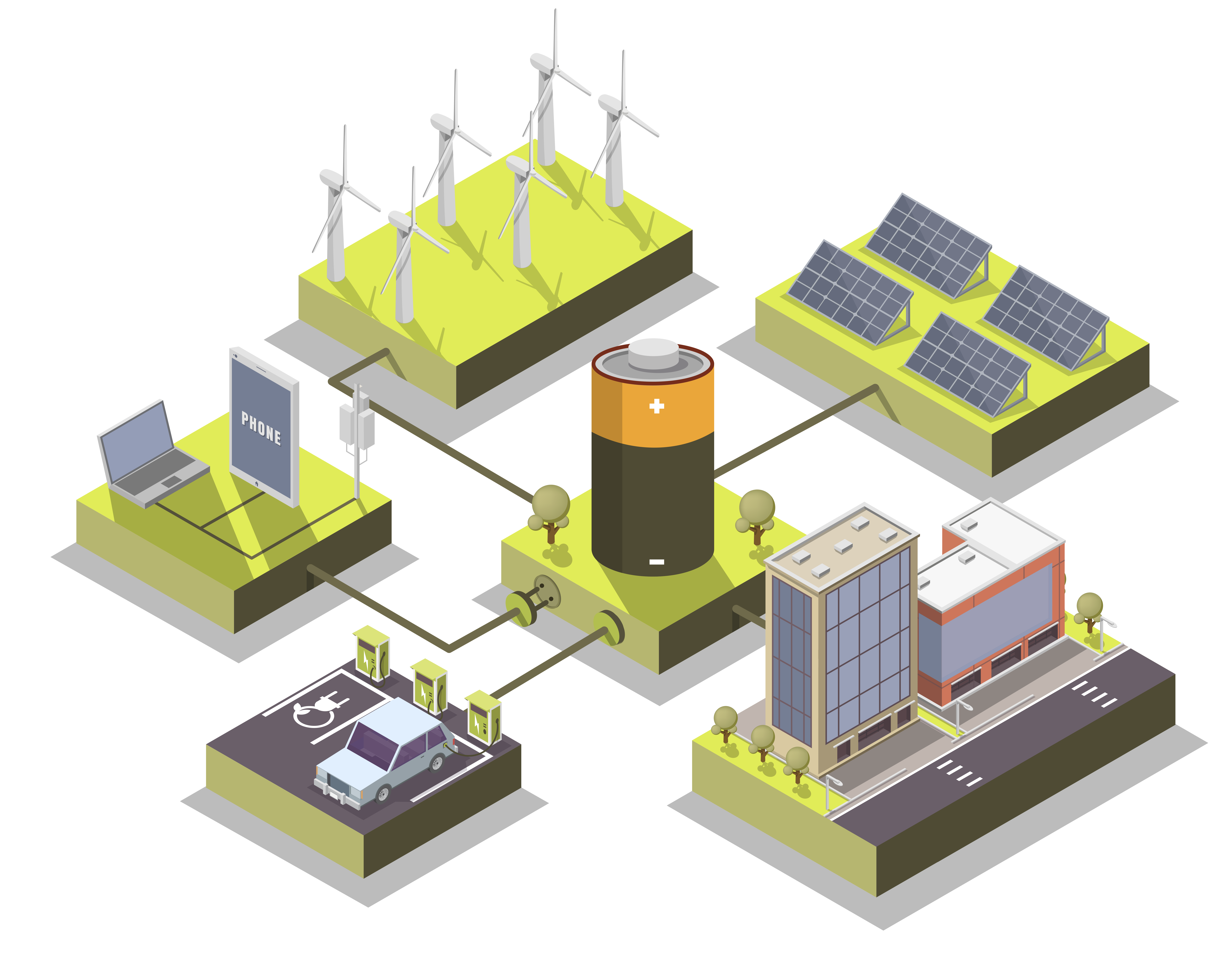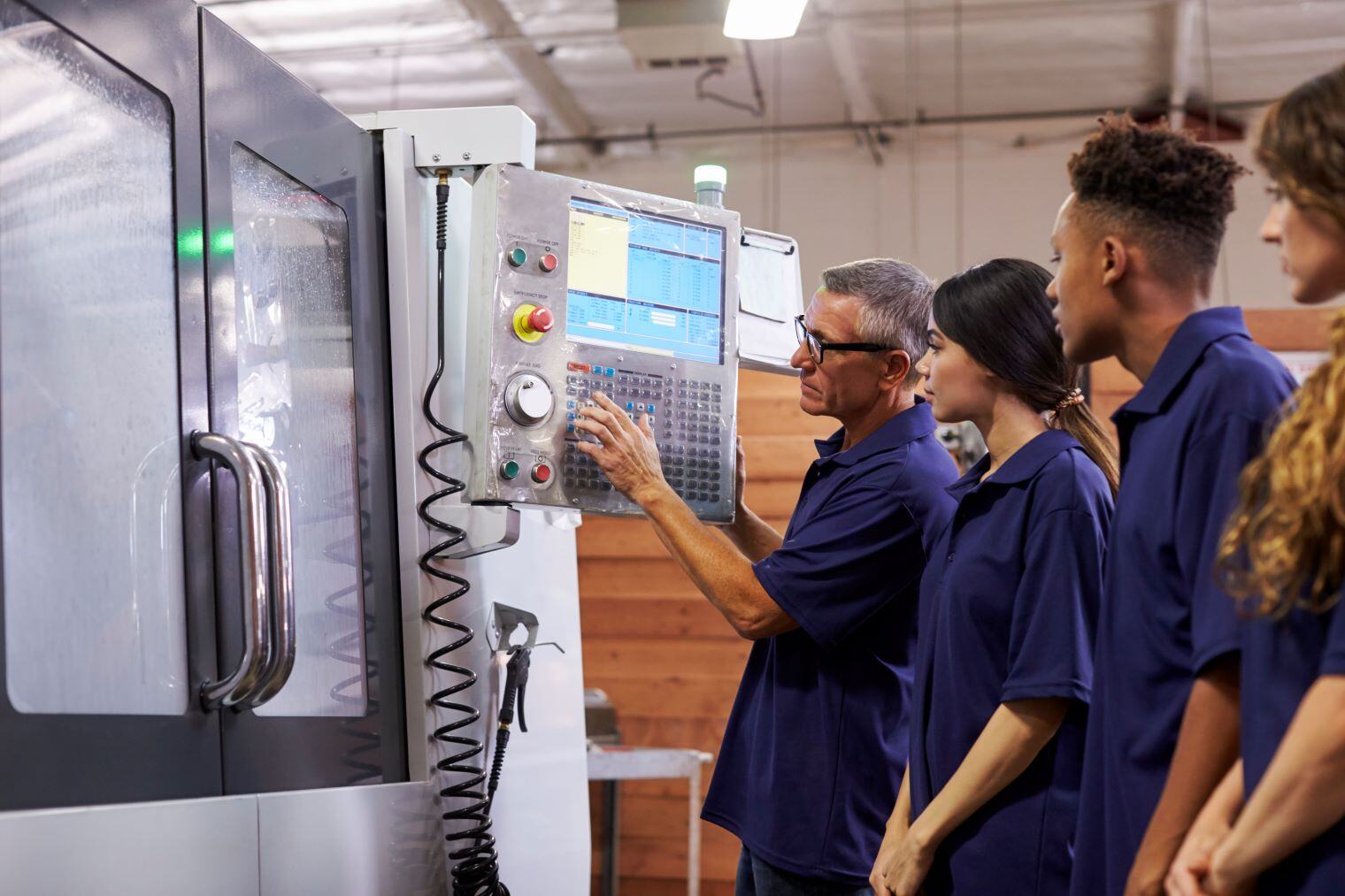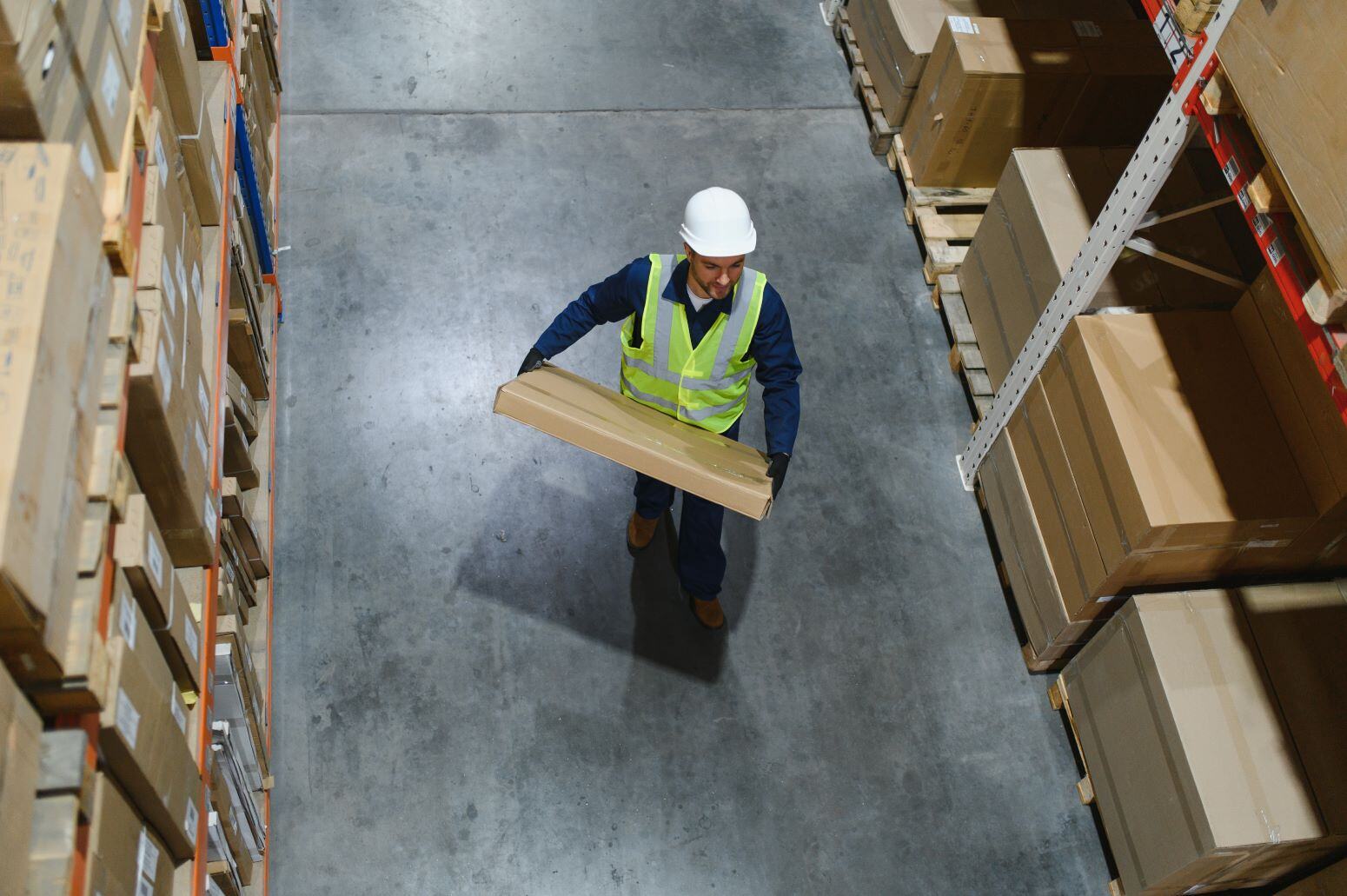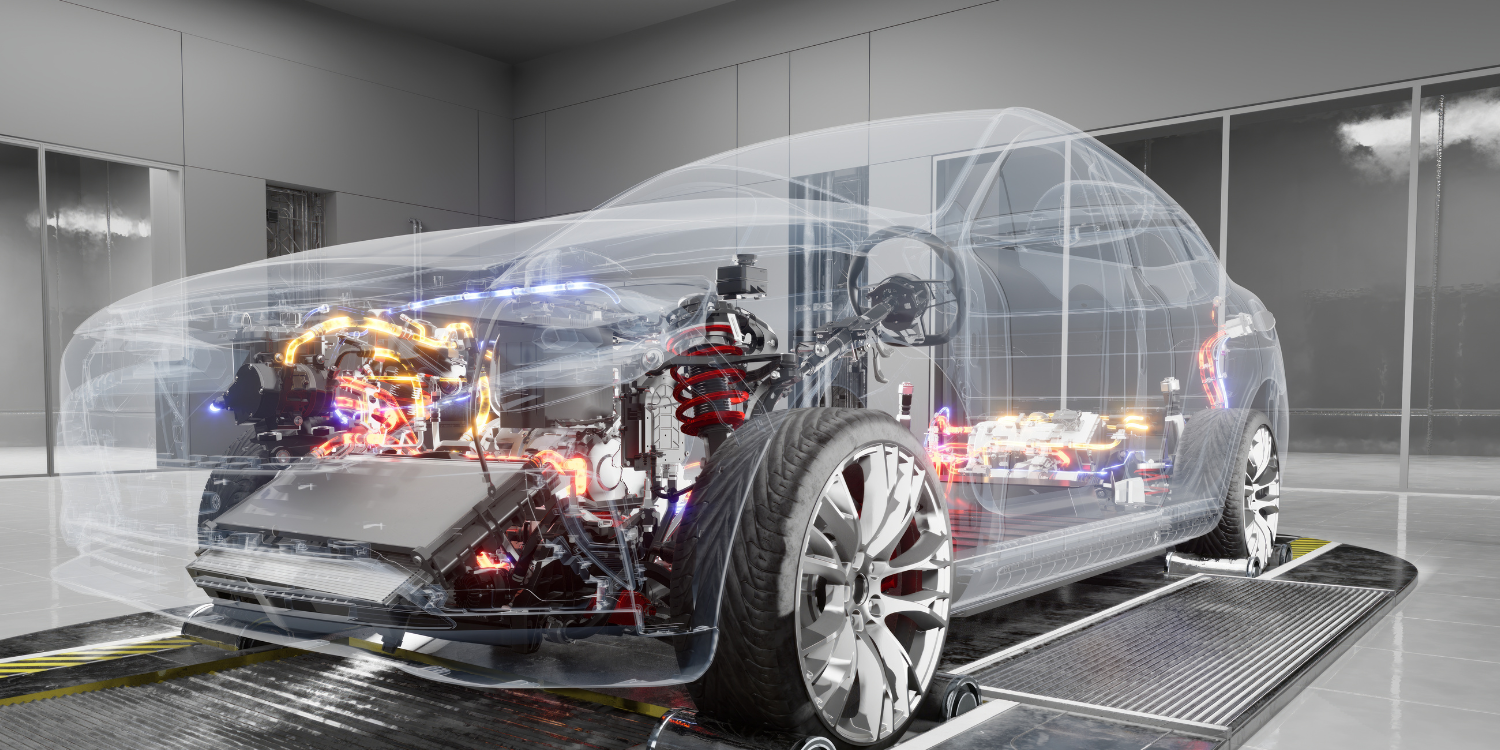Lithium-ion Battery Cell Manufacturing Process

Post Categories
Kevin
Lithium-ion batteries have become one of our necessities that we cannot live without. Almost everyone has more than one lithium-ion battery in their pocket, bag, and/or backpack. Thanks to the substantial development of the battery technology, lithium-ion batteries have been applied to household appliances such as vacuum cleaners and various power tools in addition to cell phones, tablets, and laptops. Furthermore, an enormous effort has been made for the introduction of lithium-ion batteries to cars, trucks, and utility by developing the battery manufacturing technology to increase the volumetric energy density.
By utilizing lithium ion as a charge carrier between cathode and anode, lithium-ion batteries store energy reversibly and rechargeably. That means lithium ions move from cathode to anode during the charge process. They are stored in the anode at the charged state. When we use energy (we call discharge) from the battery, conversely, the lithium ions relocate into the cathode. Likewise they stay in the cathode at the discharged state. To operate this working mechanism, the four important components of lithium-ion batteries are cathode, anode, separator, and electrolytes. As mentioned, the cathode stores lithium ions at discharged state, the anode stores lithium ions at charged state, the separator protects physical contact between the cathode and the anode, and the electrolytes provide pathways for lithium ions.
As cathode, anode, and separator are fabricated in a thin film format, it has been manufactured by rolling in the cylindrical shape for a long time as shown in the figure A above. We can easily find AA and AAA type batteries and have been using these types of batteries in our daily lives. Depending on the dimension, various sizes of cylindrical batteries exist. Most of these batteries are adopted for small electronic applications. For larger scale Tesla Model S has been well-known for using 18650 cylindrical batteries and Model 3 utilized 2170 cylindrical batteries. To supply electric vehicles with enough electricity, 7000-8000 small cylindrical batteries have electrified the Model S and Model 3. However, cylindrical batteries are inefficient in a volumetric energy standpoint since the cylindrical shape generates empty spaces between the batteries when they are stacked up. For this reason, cell phone batteries have been manufactured in a plate shape, which we call a prismatic battery cell, but still the prismatic batteries are fabricated by rolling the electrodes as described in figure B. Since the roll-type battery structures intrinsically have the inefficiency in the volumetric energy density, the battery industry moved forward to pouch-type battery structure as shown in figure C. Instead of the rolled structure, the electrodes and separator are cut out and stacked up to reduce the empty space and to maximize the volumetric energy density. Since the previous battery production lines were built for the roll-type batteries, it has been required to develop a new manufacturing line for the pouch-type batteries. Despite these technical and financial barriers, the battery industry has been advancing toward pouch-type battery cell structures so far.
Cathode and anode materials are synthesized as powders. Lithium transition metal oxides have been used for cathode materials. One of the most popular cathode materials is lithium ion phosphate and the most advanced cathode material is low-cobalt oxide materials. For anode materials, graphite has been utilized for a long time since lithium-ion batteries were commercialized by Sony in 1991. Synthetic graphite has been adopted for high-performance lithium-ion batteries, and natural graphite has been used for inexpensive models. As shown in the above figure, the cathode and anode powders are processed to form a slurry in order to coat on a current collector. The current collector for cathode is around 15-μm thick aluminum foil and that for anode is around 9-μm thick copper foil. The micro-scale coating process is applied to form a 50-100 μm thick electrode layer depending on the desired areal capacity. Then the electrodes are fully dried and stored in an inert or very low humidity environment. The battery electrodes are highly sensitive to moisture and air. Before the battery assembly, the dried electrodes are pressed, so called calendering. The roll pressing process has been adopted for the calendering process, and subsequently electrodes are cut in a proper shape and size to be prepared for the assembly process.
In the assembly process, the separator and electrolytes are incorporated between the cathode and anode layers. Polyethylene and polypropylene are typically used for separators. State-of-the-art separator is a multi-layer polyethylene-polypropylene composite to satisfy a good ionic conduction and mechanical strength at the same time. Not only does the separator prevent a physical contact between the cathode and anode layers, but also it passes lithium ions and blocks electrons through it. Current electrolyte systems are liquid-state organic electrolytes that are the main source of flammable hazards. Due to the technical barrier of developing non-flammable liquid electrolytes, the current battery society is focusing on developing solid-state electrolytes for the next generation battery. The solid-state electrolytes have a comparable ionic conductivity to liquid-state electrolytes and to offer higher volumetric energy density without the safety concern.
Battery manufacturing process is the final step determining the energy density of the battery cell. For the last 30 years, there has not been a fundamental advance in the material-level development of cathode, anode, separator, and electrolytes. However, there has been tremendous development of the battery manufacturing technology and optimization, resulting in more than a ten-fold improvement in the energy density for the last three decades. There remains not much room to develop further at this stage of the battery manufacturing. Fundamentally, material-level developments of cathode, anode, separator, and/or separator are required to move onto the next level of batteries. When we get to this point, the corresponding battery manufacturing process also should be developed for its commercialization and industrialization.
Since the current battery manufacturing process was standardized and industrialized, manufacturing lithium-ion batteries has become much easier than before. This is why small and large battery manufacturers are evolving out there, and as you find in newspaper articles new giga factories have been being built in China, Europe, and the U.S. Although it is accessible to find, procure, and install the manufacturing equipment, the actual production requires a well-trained battery workforce, which is far harder than finding the equipment. Work with Timpl to find a qualified battery workforce for your battery business.


